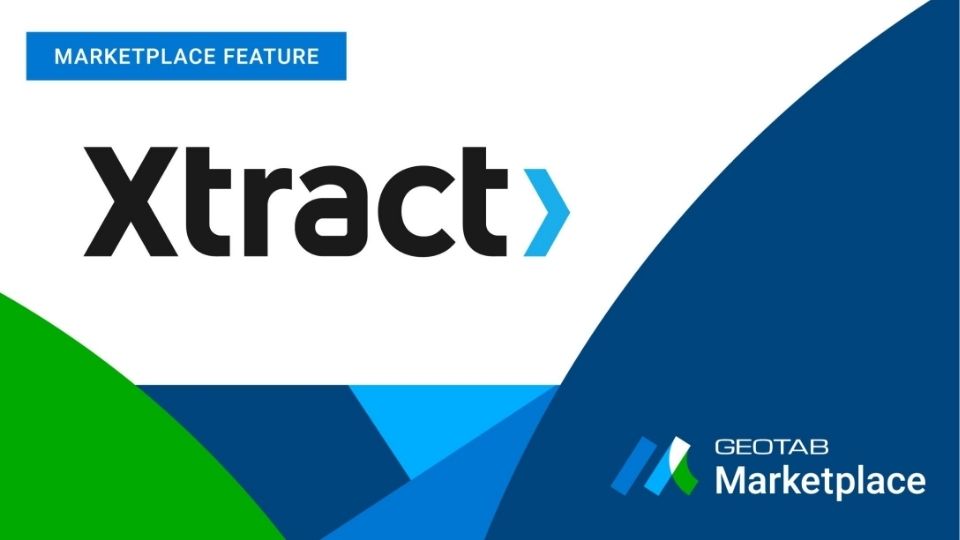Top 3 ways corporate transparency builds customer loyalty
Corporate transparency is the new way to create long-term customer loyalty. Transparency means being open, accountable and having visible programs.

Corporate transparency is the new way to create long-term customer loyalty. What does this mean? Being transparent in business means that your company is open and accountable, and that your policies and programs are visible to the public. It’s no longer enough to think of customer loyalty in terms of reward programs and reactivation campaigns. Building a strong, open corporate culture can also play a role in engaging and attracting customers.
What is Corporate Transparency?
Transparency requires action, including disclosing information and processes, carrying out business in a way that is clear and not secretive, and being accountable. Although many companies are taking steps to become more transparent, there is much room for improvement.
The global anti-corruption organization Transparency International rated the transparency of the world’s largest publicly listed companies on a scale from 1 to 10 (best) and found that 101 of them scored less than “5 out of 10 overall.” Transparency International recommends that global companies act more openly by reporting income, taxes and political donations, disclosing subsidiaries and affiliated organizations, and prohibiting bribery of any kind.
Why We Need Transparency
Telematics be used as a tool to support team communication within an organization. For example, by setting a company goal to reduce speeding, then measuring and posting an internal scorecard on the average speeding in the fleet, managers can encourage employees to work together to increase fleet safety. Publicizing the speeding program and performance wins shows customers that the company is safety-oriented and pursuing improvement.
“A lack of transparency results in distrust and a deep sense of insecurity” —Dalai Lama
Building true customer loyalty — the kind that can withstand the competitive environment and attracts today’s naturally-skeptical consumer — requires your organization to create a deeper level of trust. You have to go the extra step… you need corporate transparency.
Embracing Openness as a Company Culture
Transparency can even be viewed as a culture. It’s about a company being completely open about their operations, processes, policies, and expectations at all times. Transparency creates a loyal customer because it leads to a better experience and fosters trust.

When you think about your average day, you can begin to see how transparency plays a part in establishing peace of mind. In many different ways, we receive information that helps us prepare and decide on the best course of action. For example:
- Live updates on traffic congestion from your GPS navigation device can suggest alternate routes.
- Chat messages from a coworker inform you that a project is taking longer than expected.
- An email notification from your employer advises you of building repairs.
- Online reviews identify the best menu choices for a restaurant you are considering.
Benefits of Transparency for Business
1. Transparency Creates a Sense of Community Involvement
Almost every organization has a hierarchy in which decisions are made. Whether to share the reason behind the decision or not is up to the decision-makers. A majority of the time, features are changed or removed from a website and an application’s user interface is completely overhauled with little or no explanation.
Companies that practice transparency find ways to share the reasons behind their decisions. Nobody knows this better than Red Hat, whose CEO, Jim Whitehurst believes that an open company engages with communities both inside and outside.
When you give your customers an avenue to stay informed and give input, you create a sense of community involvement. A customer begins to feel like a part of the process. They will become loyal to a company that makes them feel like they are part of the journey.
The gaming company Steam is a great example of this practice. For every upcoming change, notifications are sent early and a forum is dedicated to customer questions. Steam is able to explain the reason behind the change, answer any customer questions, and fix potential bugs.
Whether it’s a blog, forum, email notification, or something else, providing the transparency to business decisions and changes as they happen further reinforces trust and security in your organization.
So, ask yourself, “How can I do a better job at informing my customers of changes and the reason behind them?”
2. Transparency Opens the Path for Customer Innovation
Better products and services equals happier customers. When you give your business practices a public spotlight and give customers a forum to express their input, you open the realm of customer innovation.
“Your most unhappy customers are your greatest source of learning.” —Bill Gates
In a survey done by Microsoft, they found that 97 percent of consumers are likely to remain loyal to a company that implements their feedback. When people feel like they are being heard, they will be long-time customers.
Every business has an opportunity to collect feedback at multiple points. And those who aim to create loyalty, will take the feedback — positive or negative — as a call to arms. They will make practical changes to improve and share the news.
Sharing product and software updates on your website, or even bug fixes, educates user customers and open the avenue for feedback. Instead of shielding customers from what may makes your company vulnerable, share your practices and encourage input. Their feedback can lead to more progress.
3. Transparency Defines and Sets Realistic Customer Expectations
In this day and age, we have applications like Postmates and Bitesquad, where you can visually see the location of your delivery driver as they make their way from their location, to the restaurant, to your home.
The beauty of this transparency is it sets a proper expectation up front (in this example, delivery time). It allows the customer to be a part of the process from start to finish. The trust is there, even for a first time customer, because they can visibly see the results. As an organization, it frees up resources that would have normally been spent on the “where’s my stuff” questions.
“The key is to set realistic customer expectations, and then not to just meet them, but to exceed them — preferably in unexpected and helpful ways.” —Richard Branson
Using transparency to set expectations can take many forms, such as:
- Estimated hold time message when calling a company.
- Email notification that outlines the timeframe for an order that you placed.
- Real-time order tracking online.
This transparency also gives the customer a way to hold the company accountable. Transparency won’t fix an already existing issue, but it will set the proper expectation and translate that message to your customer, building their confidence in your company.
Conclusion
Transparency isn’t a silver bullet for customer loyalty, but it does create trust, build customer confidence, and makes a customer feel like they’re a part of the process. A customer will continue to be loyal as long as you make them feel secure, deliver on expectations, and continuously affirm their confidence.
Put simply, a loyal customer is created when they become part of the company’s process and understand the company’s expectations.
“What we need to do is always lean into the future;
when the world changes around you and when it changes against you — what used to be a tailwind is now a headwind — you have to lean into that and figure out what to do because complaining isn’t a strategy. —Jeff Bezos
Do you have feedback or questions for Geotab? Send us a note on our Contact Page.
Related:
A Happy Customer is a Loyal Customer
Subscribe to get industry tips and insights
The Geotab Team write about company news.
Table of Contents
- What is Corporate Transparency?
- Why We Need Transparency
- Embracing Openness as a Company Culture
- Benefits of Transparency for Business
- 1. Transparency Creates a Sense of Community Involvement
- 2. Transparency Opens the Path for Customer Innovation
- 3. Transparency Defines and Sets Realistic Customer Expectations
- Conclusion
Subscribe to get industry tips and insights
Related posts

Ultimate heavy equipment transport guide: Top tips and systems for fleets
April 21, 2025
6 minute read

Ultimate field service management software guide [benefits + options]
April 21, 2025
5 minute read

Building a world-class driver training program: Essential strategies for truckload carriers
April 15, 2025
4 minute read

Marketplace Spotlight: From Chaos to Clarity, Innovating Fleet Claims with Xtract
April 15, 2025
1 minute read

Embracing public safety technologies in the face of opposition
April 15, 2025
4 minute read

What is government fleet management software and how is it used?
April 10, 2025
3 minute read